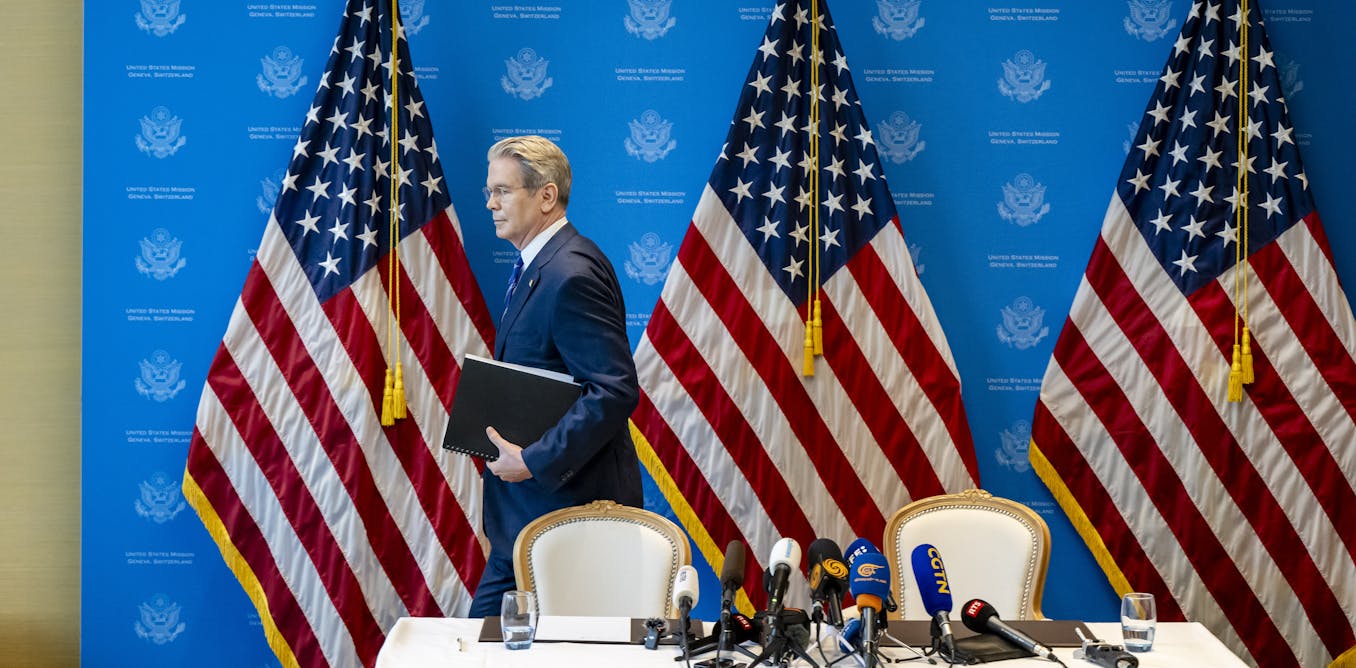Now Reading: The US and China have reached a temporary truce in the trade wars, but more turbulence lies ahead
-
01
The US and China have reached a temporary truce in the trade wars, but more turbulence lies ahead
The US and China have reached a temporary truce in the trade wars, but more turbulence lies ahead

In a surprising move, the United States and China have announced a significant agreement to reduce trade tensions after discussions in Geneva, Switzerland.
The positive development is the reduction in recent tariff hikes. The US has lowered tariffs on Chinese imports from 145% to 30%, while China has decreased levies on US imports from 125% to 10%. This move has greatly alleviated major trade tensions between the two countries, leading to a positive response in financial markets.
However, there are also negative aspects to consider. The remaining tariffs, while reduced, are still high by current standards. The US average trade-weighted tariff rate has surged from 2.2% on January 1, 2025, to an estimated 17.8%, the highest level since the 1930s. This indicates a new baseline has likely been established, marking the end of tariff-free trade between the two nations.
Additionally, the tariff reductions will only be in effect for 90 days as negotiations continue. Talks are expected to address challenging issues such as China’s currency policies, state-owned enterprises’ dominance in industrial subsidies, and Beijing’s ability to implement non-tariff barriers.
The recent announcement can be seen as a temporary truce rather than a shift in the deeper structural rivalry between the US and China. The two countries remain engaged in a long-term cycle of escalating strategic competition, with both sides striving for dominance. Despite temporary agreements, the underlying conflict persists.
The US maintains its goals in bilateral trade deals, aiming to reduce the trade deficit by cutting imports, addressing non-tariff barriers, facilitating digital trade, and securing sensitive imports for national security purposes. The recent agreement with the UK reflects these objectives, with the UK facing higher tariffs and trade restrictions imposed by the US.
For other countries, including US allies in the Pacific region, navigating the ongoing trade dynamics between the US and China presents challenges. Nations like Australia and Japan must carefully balance their relationships with both superpowers amid shifting trade policies and security considerations.






